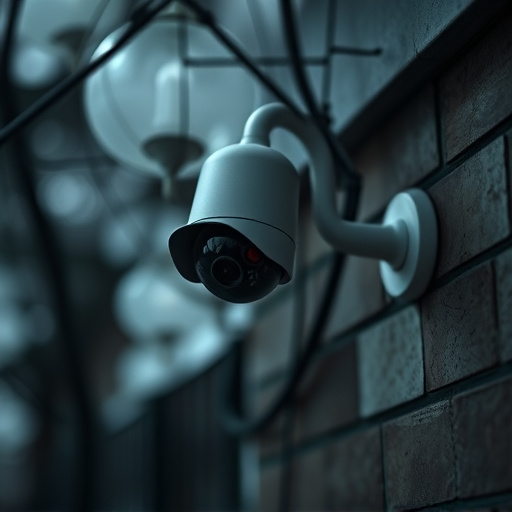Hidden security cameras, seamlessly integrated into everyday objects like light fixtures or door handles, offer discreet surveillance with high-resolution footage and audio. While they revolutionize crime prevention and investigation, their unauthorized deployment raises legal and ethical concerns, including privacy violations and fostering distrust. As technology advances, countermeasures are necessary to detect these miniature, hard-to-detect devices, using methods like thermal imaging and EMI disruption. Staying informed about the latest detection methods is vital for protecting privacy and security in an era of increasingly prevalent hidden cameras.
In an era where privacy is a cherished yet increasingly fragile commodity, secret surveillance cameras have emerged as both a controversial tool for security and a cause for concern regarding civil liberties. Understanding these hidden devices, their roles in modern surveillance, and the legal and ethical dimensions of their installation is paramount. This article delves into these aspects, offering insights on detection methods and countermeasures to stay ahead in an ever-watchful world.
Understanding Hidden Security Cameras: Uncovering Their Role in Modern Surveillance
Hidden security cameras, also known as covert or surveillance cameras, play a significant role in modern security and monitoring systems. These advanced devices are designed to operate discreetly, offering an unparalleled level of observation without raising suspicion. By integrating into everyday objects like light fixtures, plants, or even door handles, they provide unobtrusive yet comprehensive coverage.
Their applications are vast, from enhancing business security to aiding in home protection and public space monitoring. With the ability to capture high-resolution footage and sometimes even record audio, hidden cameras offer valuable insights and evidence. This technology has revolutionized surveillance, enabling more effective crime prevention, detection, and investigation, while also promoting a sense of safety and peace of mind for individuals and organizations alike.
The Legal and Ethical Dimensions of Secret Camera Installation
The installation of secret surveillance cameras raises significant legal and ethical questions, especially when they are deployed without consent or public knowledge. In many jurisdictions, the use of hidden security cameras is governed by strict privacy laws that protect individuals’ right to privacy. These laws often require clear consent from all parties being recorded, particularly in residential or commercial spaces. Unauthorized placement of such devices can lead to severe legal consequences, including civil lawsuits and criminal charges for invasion of privacy.
From an ethical standpoint, the use of hidden cameras fosters a sense of distrust and transparency issues. It undermines individuals’ ability to feel secure in their personal spaces and could potentially encourage a culture of surveillance paranoia. Privacy advocates argue that excessive reliance on secret security cameras may erode trust between neighbors, colleagues, or even family members, creating an atmosphere of suspicion rather than community building.
Detection Methods and Countermeasures: Staying Astep with Hidden Cameras
With advancements in technology, hidden security cameras have become increasingly sophisticated and harder to detect. These miniature devices can be concealed in everyday objects like clocks, power outlets, or even plants, making it challenging for individuals to know when they’re being watched. Traditional detection methods often rely on physical inspections, where trained professionals use specialized equipment to locate suspicious devices. However, as technology evolves, so do the countermeasures.
Staying ahead of hidden cameras requires a combination of vigilant awareness and advanced tools. One effective approach is to employ thermal imaging technology, which can detect unusual heat signatures left by hidden cameras. Additionally, electronic countermeasures like electromagnetic interference (EMI) can disrupt camera functionalities. By staying informed about the latest detection methods, individuals and organizations can better protect their privacy and security in an era where hidden security cameras are becoming more prevalent.
